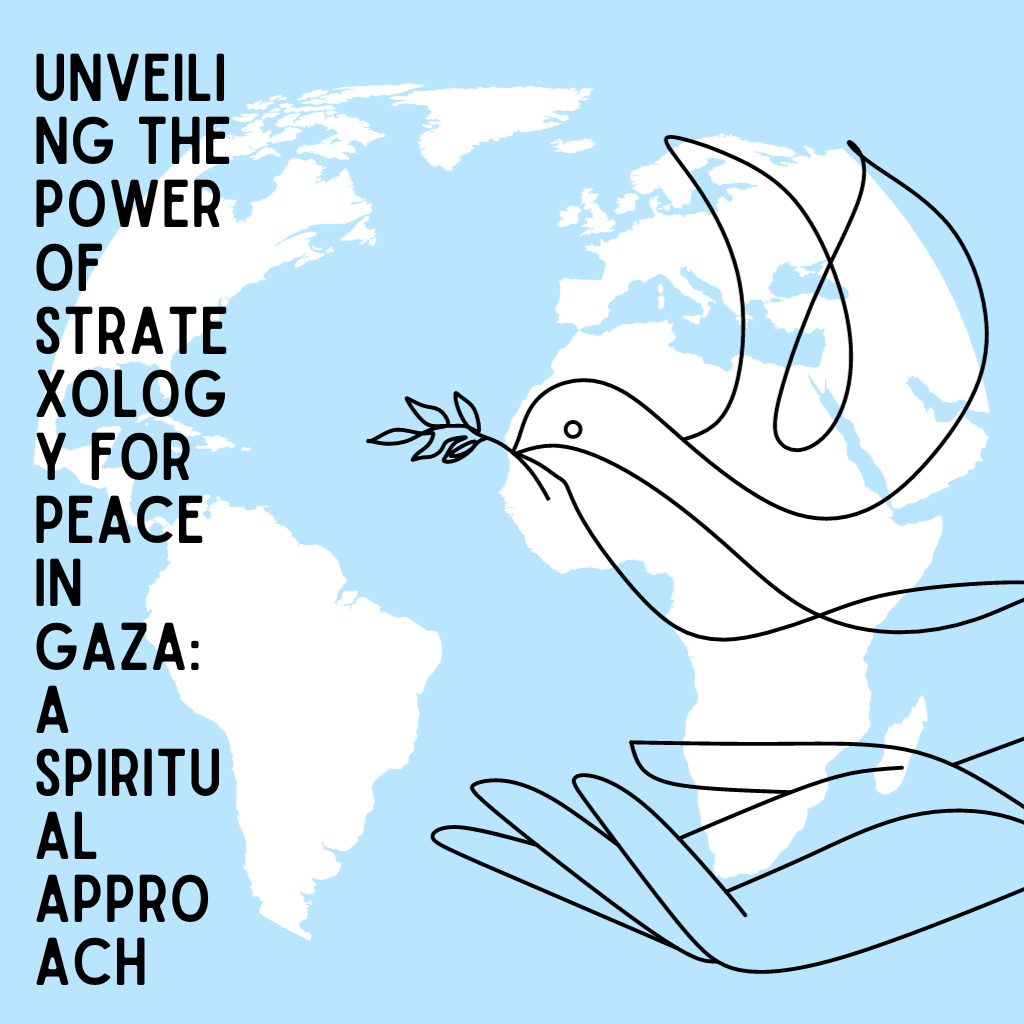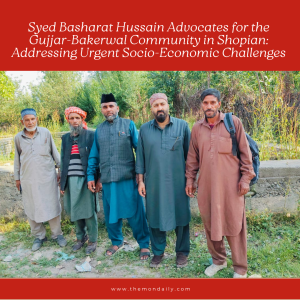In the sacred name of Allah, amidst the turmoil in Gaza, emerges a ray of hope through the application of Stratexology not only to understand and deter war but also to foster lasting peace. Dr. Bilal Ahmad Bhat provides insights into utilizing Stratexology as a means to prevent conflict and build a harmonious world.
Harnessing Stratexology for Peace:
Dr. Bhat emphasizes that the very principles employed in warfare can be strategically adapted to prevent wars. Understanding the root causes and motivations of conflicting parties lays the foundation for strategies aimed at reducing violence. Stratexology becomes a beacon, guiding efforts to deter aggression and establish trust among potential adversaries.
Concrete Applications for Peace:
Peacekeeping: Deploying peacekeeping operations to areas at risk of renewed violence creates safe environments for peacebuilding efforts.
Mediation: Stratexology can inform the mediation process, assisting in developing mutually acceptable strategies for conflicting parties.
Confidence-building measures: Transparency measures and verification mechanisms, crafted through Stratexology, foster trust between states.
Stratexology in Broader Peacebuilding:
Beyond specific applications, Dr. Bhat suggests that Stratexology informs comprehensive peacebuilding. Strategies addressing the root causes of conflict, such as poverty and discrimination, can be developed. It becomes a tool to forge strong institutions and promote good governance.
A Spiritual Perspective:
Dr. Bhat reminds us that while Stratexology is not a magical solution, it is a valuable instrument in preventing conflict and fostering dialogue. By using it wisely, we enhance the possibility of achieving a more peaceful world, seeking blessings from Allah.
An Alternative View: Stratexology in War Deterrence:
Stratexology, traditionally a study of warfare, also holds significance in deterring wars. It spans levels from individual to nation-state, aiding decision-making and educating the public about war’s complexities. Dr. Bhat explains its role in deterrence through maintaining a strong military, diplomatic strategies, economic sanctions, and military interventions.
Principles of Winning Wars:
Delving into the historical aspects, Dr. Bhat outlines fundamental principles of Stratexology employed in winning wars. Understanding the enemy’s strengths and weaknesses, employing surprise and deception, and having a clear objective are key. Historical examples, such as the Battle of Marathon and the Battle of Cannae, illustrate the effectiveness of these principles.
Conclusion:
War is a complex and unpredictable phenomenon, and while there’s no guaranteed victory strategy, the study of Stratexology provides essential insights. Dr. Bhat concludes that through a strategic approach, informed by both the tactical aspects of Stratexology and spiritual guidance, we can work towards a world that is not just free from war but one that embraces lasting peace, guided by the divine blessings of Allah.







